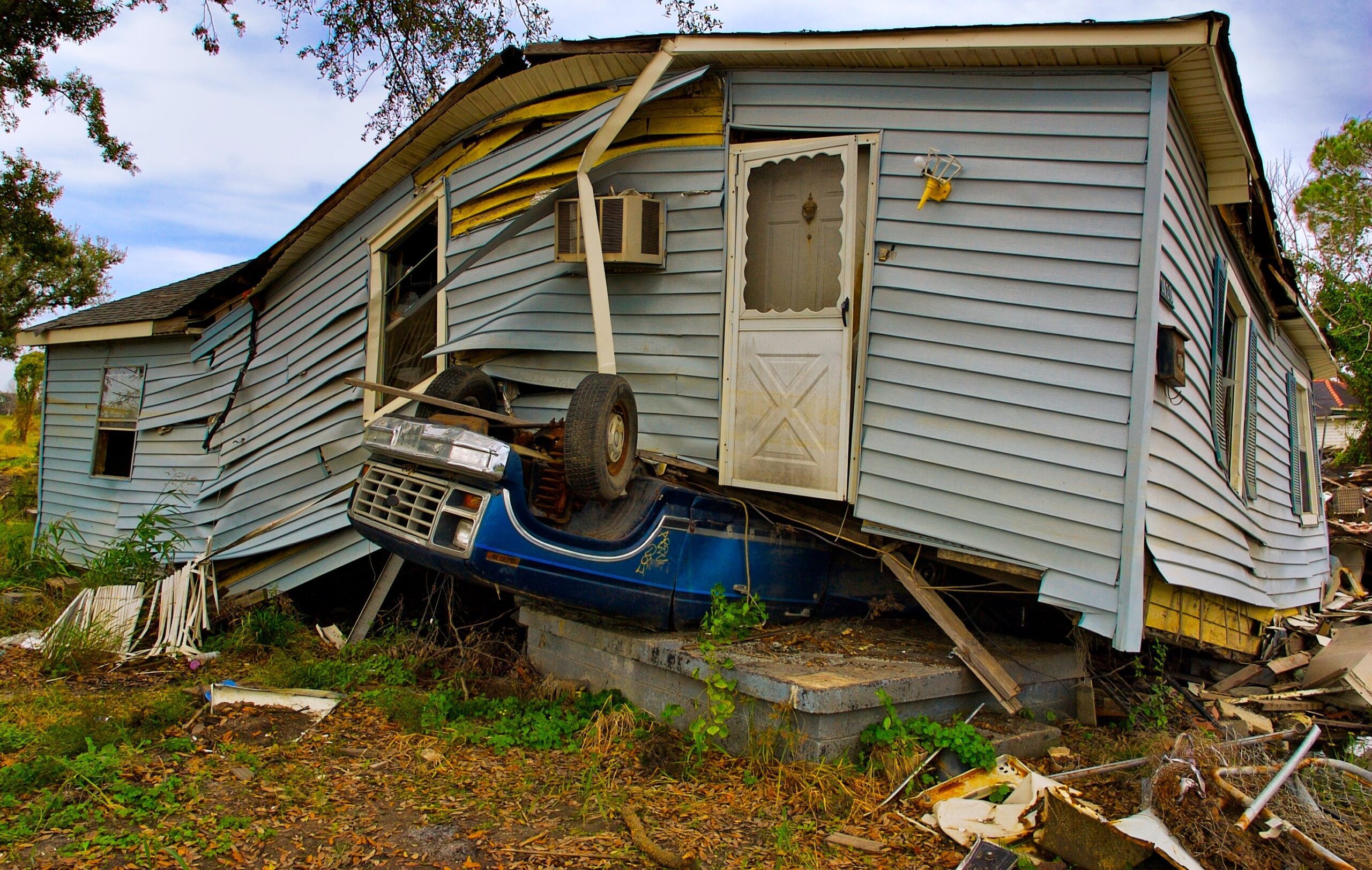Introduction

When building any structure, it’s essential to know its wind rating. Wind ratings for buildings scale the strength of the structure based on the way it was designed, how it is anchored into the ground, and the materials used. Knowing a building’s wind rating is incredibly important, particularly in wind-prone areas, and can provide an early warning sign of damage that can be avoided if preventive action is taken. In this article, we’ll cover the basics of building wind ratings and what they can tell you about your structure.
Understanding Wind Ratings and Their Impact on Buildings
Wind ratings are measures of the capacity of a building’s structure to withstand the winds in an area – those winds could be due to a storm, an earthquake, a tornado, or other natural phenomenon. Being aware of a building’s wind rating is essential for any structure that’s exposed to prevailing winds, and knowing that rating can help a property owner and developer make wise decisions about the structural integrity of their property.
The Basics of Building Wind Ratings
Wind ratings can be based on a variety of factors and criteria, from the materials used in construction to the technique and strength of the anchoring system. Most wind ratings are determined by tests that measure the amount of pressure that a structure can withstand, usually in terms of pounds per square foot (PSF). There are several different types of wind ratings, such as “Design Wind Speeds” (DWF), which provides the highest level of assurance of a building’s wind ratings and is based on local building codes, and “Minimum Design Loads” (MDL), which is based on more generalized criteria that are specific to the region.
What You Need to Know About Wind Ratings for Buildings
When it comes to wind ratings, it’s important to know all the details. Property owners and developers should become familiar with the local building codes, as they are often the best source of information about wind ratings. Most codes require that a structure be able to withstand winds up to a certain mph or velocity, and that all construction materials used meet certain standards for strength and durability. It’s also important to know the building’s age, as older structures may not be able to meet the same wind ratings as newer structures.
Get Ahead by Knowing Your Building’s Wind Rating
Having a good understanding of your building’s wind rating can essentially give you a leg up in terms of safety and security. Knowing how well a structure can hold up to wind can help inform decisions about how to best prepare for storms or other wind-related events. Knowing your building’s wind rating will also help you decide on the best construction materials to use should you need to make any repairs or modifications.
The Significance of Building Wind Ratings
In areas that are prone to wind-related disasters, having a good understanding of your building’s wind rating is even more important. Building codes in these areas are often stricter and more specific, as the safety of those inside the structure and nearby buildings is of the utmost importance. Knowing your building’s wind rating is also crucial when it comes to obtaining insurance in these areas, as insurers may not provide coverage unless they are provided with proper wind rating documentation.
Take Control: What Building Wind Ratings Can Tell You
Knowing a building’s wind rating can tell you many things about the structural integrity of your structure. In wind-prone areas, for example, you can use wind rating information to determine how well a structure would be able to hold up to a storm. With this information, you can make informed decisions about whether your building needs to be reinforced or modified in order to better withstand windy conditions.
Getting Smarter with Building Wind Ratings
It’s important to constantly strive to better understand building wind ratings. Doing so can help prepare your building for future wind-related events and help avoid costly damage (and hopefully save lives in the process). There are many online resources and organizations that provide detailed information about building wind ratings and what they can tell you. Taking advantage of these resources is a great way to stay informed about the status of your building’s integrity.
Make Safe Construction Choices with Building Wind Ratings
Knowing your building’s wind rating can also help inform construction decisions. When planning modifications to a structure, it’s important to know what wind rating it can withstand and which materials are best suited for that kind of load. Doing so will ensure that you’re creating a structure that is safe and secure, while also adhering to local building codes.
Conclusion
Building wind ratings are incredibly important, particularly in wind-prone areas. Knowing a structure’s wind rating can help inform important decisions about construction and prepare a building for extreme weather events. By staying educated on wind ratings and taking advantage of available resources, you can ensure the safety and security of your building and those inside.
